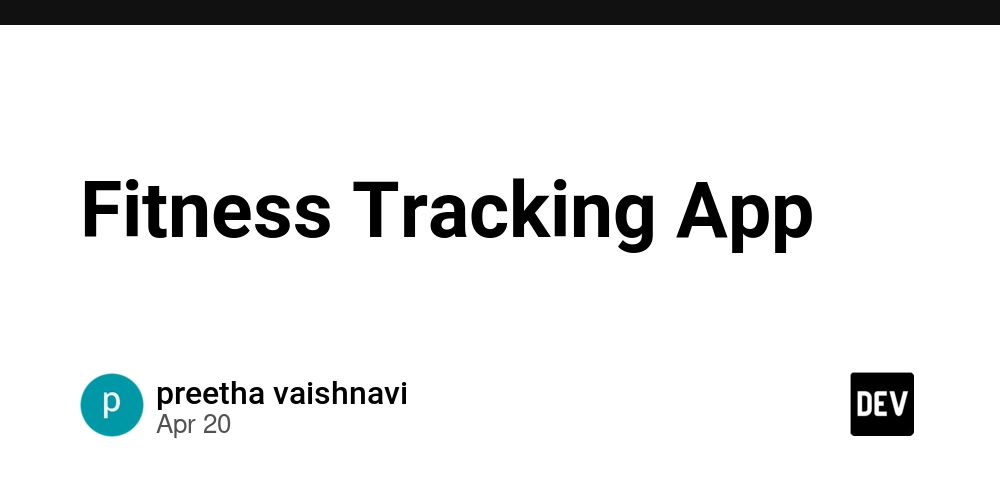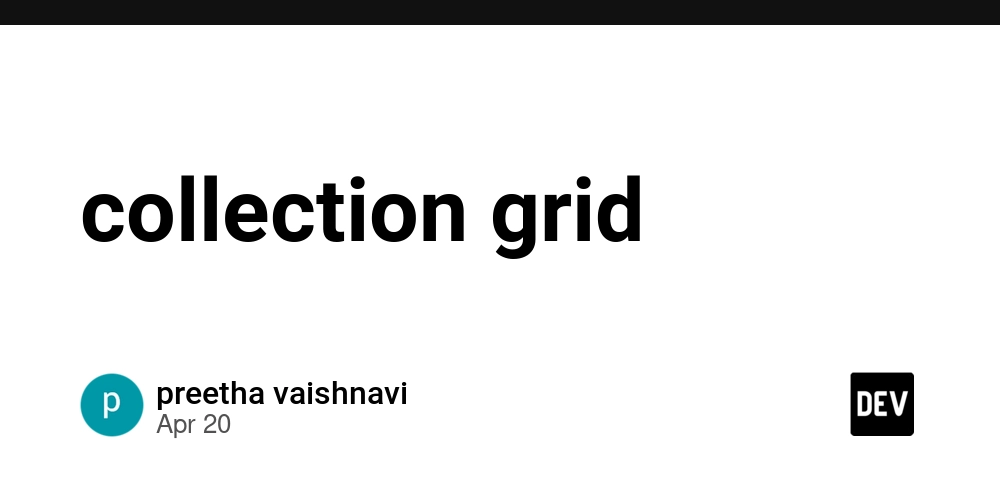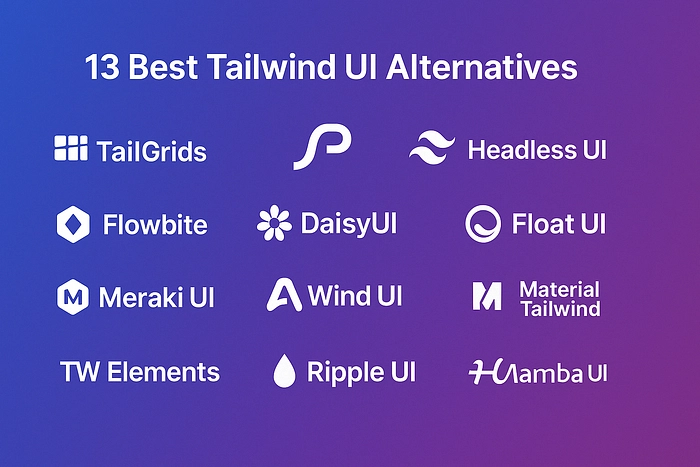Enhancing RAG performance with smart chunking strategies
This article was originally published on IBM Developer by Shabna Madathil Thattantavida, and Gourab Sarkar Retrieval-augmented generation (RAG) enhances large language model (LLM) responses by incorporating external knowledge sources, improving accuracy and relevance. In enterprise applications, RAG systems typically rely on external sources like product search engines or vector databases. When using vector databases, the process includes: Content segmentation (Chunking): Breaking down large text documents into smaller, manageable pieces. Vectorization: Converting these chunks into numerical representations (vectors) for machine learning algorithms. Vector database indexing: Storing vectors in a specialized database optimized for similarity search. Retrieval and prompting: Fetching the most relevant chunks to generate LLM responses. The effectiveness of a RAG system depends on the quality of retrieved data. The principle of garbage in, garbage out applies—poorly segmented data leads to suboptimal results. This is where chunking becomes critical, optimizing storage, retrieval, and processing efficiency. Various chunking strategies exist, each with different implications for data retrieval. While basic methods work in simple scenarios, complex applications such as conversational AI, demand more sophisticated, data-driven approaches. This article explores common chunking techniques, their limitations, and how tailored strategies can improve retrieval performance. Importance of chunking Chunking plays a key role in improving the efficiency and accuracy of data retrieval, especially when working with large datasets. Its benefits include: Maintaining context within token limits: Since LLMs have token constraints, chunking ensures relevant and complete information is provided while staying within these limits. Preserving contextual relationships: Well-structured chunks retain the logical flow of information, improving representation and understanding. Enhancing scalability: Chunking enables efficient processing of large datasets, making indexing and retrieval more manageable. Speeding up retrieval: Optimized chunks allow for faster, more accurate search results, improving overall system performance. Common chunking strategies Here are some widely used chunking methods implemented using the LangChain library. 1. Fixed-length chunking This method splits text into chunks of a predefined length, regardless of sentence structure or meaning. It is useful for processing text in smaller, manageable parts. Continue reading on IBM Developer

This article was originally published on IBM Developer by Shabna Madathil Thattantavida, and Gourab Sarkar
Retrieval-augmented generation (RAG) enhances large language model (LLM) responses by incorporating external knowledge sources, improving accuracy and relevance.
In enterprise applications, RAG systems typically rely on external sources like product search engines or vector databases. When using vector databases, the process includes:
Content segmentation (Chunking): Breaking down large text documents into smaller, manageable pieces.
Vectorization: Converting these chunks into numerical representations (vectors) for machine learning algorithms.
Vector database indexing: Storing vectors in a specialized database optimized for similarity search.
Retrieval and prompting: Fetching the most relevant chunks to generate LLM responses.
The effectiveness of a RAG system depends on the quality of retrieved data. The principle of garbage in, garbage out applies—poorly segmented data leads to suboptimal results. This is where chunking becomes critical, optimizing storage, retrieval, and processing efficiency.
Various chunking strategies exist, each with different implications for data retrieval. While basic methods work in simple scenarios, complex applications such as conversational AI, demand more sophisticated, data-driven approaches.
This article explores common chunking techniques, their limitations, and how tailored strategies can improve retrieval performance.
Importance of chunking
Chunking plays a key role in improving the efficiency and accuracy of data retrieval, especially when working with large datasets. Its benefits include:
Maintaining context within token limits: Since LLMs have token constraints, chunking ensures relevant and complete information is provided while staying within these limits.
Preserving contextual relationships: Well-structured chunks retain the logical flow of information, improving representation and understanding.
Enhancing scalability: Chunking enables efficient processing of large datasets, making indexing and retrieval more manageable.
Speeding up retrieval: Optimized chunks allow for faster, more accurate search results, improving overall system performance.
Common chunking strategies
Here are some widely used chunking methods implemented using the LangChain library.
1. Fixed-length chunking
This method splits text into chunks of a predefined length, regardless of sentence structure or meaning. It is useful for processing text in smaller, manageable parts.
Continue reading on IBM Developer









































































































































































![[The AI Show Episode 144]: ChatGPT’s New Memory, Shopify CEO’s Leaked “AI First” Memo, Google Cloud Next Releases, o3 and o4-mini Coming Soon & Llama 4’s Rocky Launch](https://www.marketingaiinstitute.com/hubfs/ep%20144%20cover.png)




























































































































![[DEALS] The All-in-One Microsoft Office Pro 2019 for Windows: Lifetime License + Windows 11 Pro Bundle (89% off) & Other Deals Up To 98% Off](https://www.javacodegeeks.com/wp-content/uploads/2012/12/jcg-logo.jpg)




























![Is this too much for a modular monolith system? [closed]](https://i.sstatic.net/pYL1nsfg.png)






















































































































_Andreas_Prott_Alamy.jpg?width=1280&auto=webp&quality=80&disable=upscale#)






























































































![What features do you get with Gemini Advanced? [April 2025]](https://i0.wp.com/9to5google.com/wp-content/uploads/sites/4/2024/02/gemini-advanced-cover.jpg?resize=1200%2C628&quality=82&strip=all&ssl=1)












![Apple Shares Official Trailer for 'Long Way Home' Starring Ewan McGregor and Charley Boorman [Video]](https://www.iclarified.com/images/news/97069/97069/97069-640.jpg)
![Apple Watch Series 10 Back On Sale for $299! [Lowest Price Ever]](https://www.iclarified.com/images/news/96657/96657/96657-640.jpg)
![EU Postpones Apple App Store Fines Amid Tariff Negotiations [Report]](https://www.iclarified.com/images/news/97068/97068/97068-640.jpg)
![Apple Slips to Fifth in China's Smartphone Market with 9% Decline [Report]](https://www.iclarified.com/images/news/97065/97065/97065-640.jpg)



































































































































